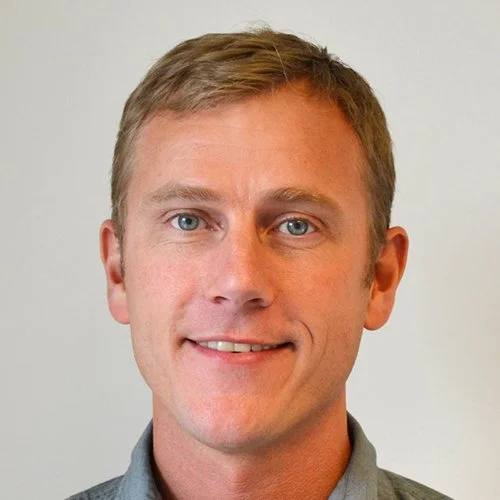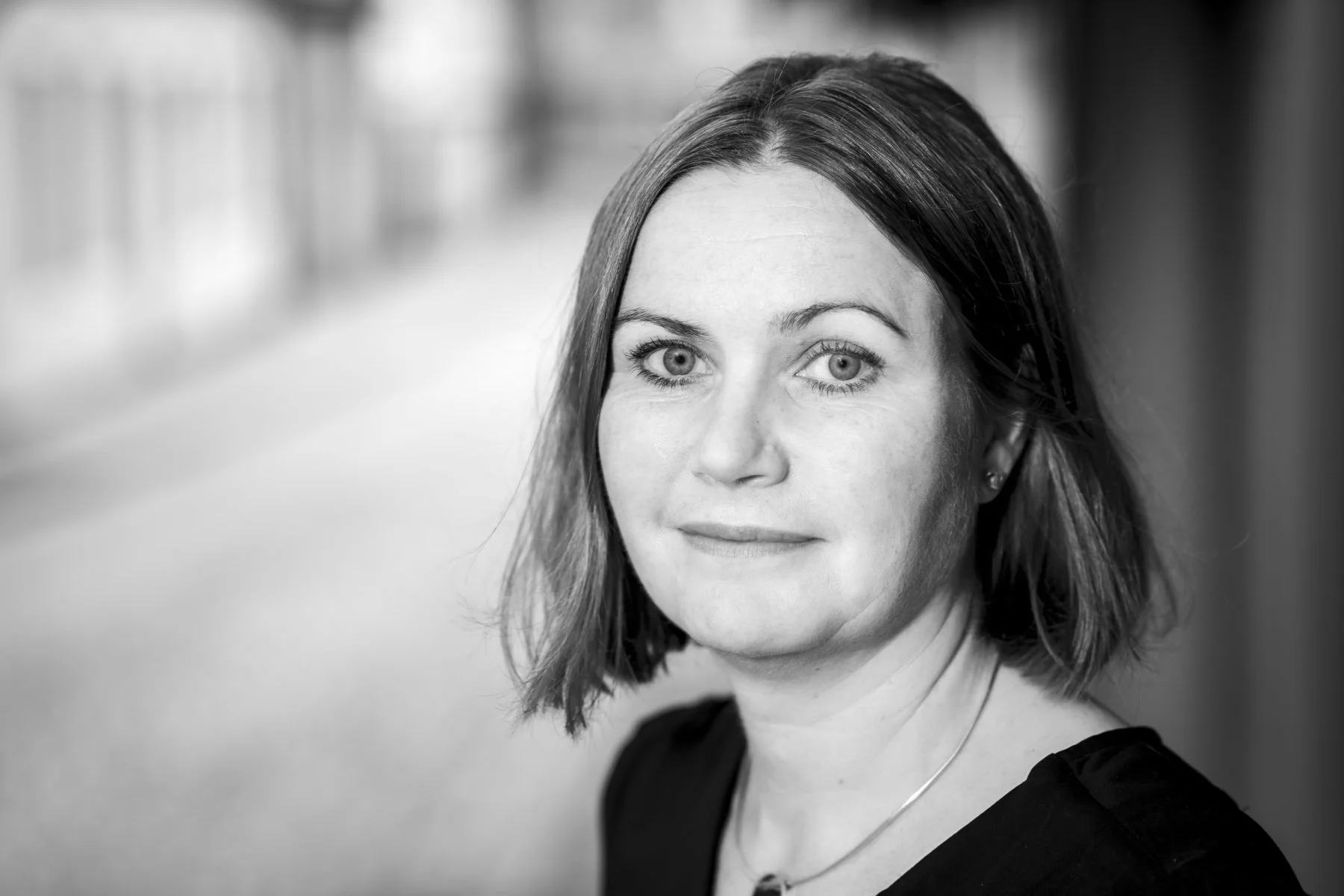The ISB theme has progressed protein science and made it easier for disciplines to meet
Jens Lagerstedt is former theme leader of the ISB theme, and now head of Rare Endocrine Disorders at Global Biopharm at Novo Nordisk.
Former theme leader, Jens Lagerstedt, and current theme leader, Karin Lindkvist, reflect that protein science have become much broader than what it was before the Integrative Structural Biology theme started in 2018. The methods available within the field have also become more known to a larger group of researchers.
– One of the greatest strengths of the theme is how the different working groups have taken on different shape and direction. It has allowed for a more in-depth exploration of integrative structural biology issues since both advanced researchers and newcomers to the field have been able to join, says Jens Lagerstedt, now head of Rare Endocrine Disorders at Global Biopharm at Novo Nordisk.
Different shape and directions of the working groups
For example, the Amyloid working group has focused on exploring the disease perspective, whereas the Time Resolved Structural Biology working group has investigated how one can co-develop and improve beamlines by bringing together physicists and experimentalists. The Membrane Proteins working group, in turn, has worked with supporting researchers to choose suitable integrative methods for their science. The theme’s latest working group, the Lund Integrative Structural Biology Centre initiative (LISBC), aims instead to establish a centre for structural biologists in Lund and to attract international researchers. The theme has also organised two very successful symposia with invited speakers from all over the world, to showcase the possibilities within the field and initiate collaborations across disciplines and countries. A specific focus for the symposiums has been to highlight the importance of exploring – and using – complementary techniques to better ingrate scientific approaches.
– Someone said to me; everyone is working with integrative structural biology! To us, this is proof that our theme has made a difference. The fact that the integrative methods are more widely known is a significant achievement, now researchers can go to the structural biology method that best fits their needs, says Karin Lindkvist, core group leader of the ISB theme, and professor in Medical Structural Biology at Lund University.
Jens and Karin note that a lot has happened in the field overall, which has made it easier for more people to use different methods, for example macromolecular crystallography, Cryo-EM, that although it is not a neutron or X-ray method, has helped open up the field to clinical people, not just experts in structural biology.
Medical and biological questions have come together
Karin Lindkvist is core group leader of the ISB theme, and professor in Medical Structural Biology at Lund University. Photo: Kennet Ruona.
Apart from broadening the science and introducing the use of methods to more people, another important milestone for the theme is that it has brought different questions to meet the right expertise and technology. Medical and biological questions have come together and have benefitted from a transdisciplinary perspective. Examples are new ideas on what can be done in terms of addressing key questions in life sciences, and deeper discussion on what is important to investigate to progress structural biology.
The impact on the broader scientific landscape has also been notable. The theme has placed LINXS and Lund on the map as a strong research hub for integrative structural biology research. This impact will be even more keenly felt if the LISBC working group manages to establish a special centre for national and international structural biology researchers. Such a centre can progress the science even more, and work towards getting bigger grants and funding, believe Karin and Jens.
– LINXS is absolutely the right place to facilitate new ideas and spark initiatives. And with Trevor Forsyth as new Director, with his experience of building up a similar centre, Partnership for Structural Biology, at the ILL in France, we have access to great experience in terms of how to go forward, says Karin Lindkvist.
Curiosity and commitment are key
What do Jens and Karin think is key for a theme to succeed? Curiosity and commitment, they respond! Without a genuine interest, and passionate people, a theme will simply not work.
Another important factor is to have researchers from other universities and from other countries be part of the core group of a theme. A regional and international collaboration around activities allow for more networks to be formed, and for new science to develop.
– A challenge for all of the themes is of course that the activities are mainly performed on a voluntary basis, but one idea for future themes could be to establish different types of support for themes, such as mentoring for new themes, says Jens Lagerstedt.
– Many people who come to LINXS are exploring things they have not done before, and if you learn something new you don’t know how long time it will take. This might be a barrier for joining a working group. Having a mentor to bounce ideas off could shorten the learning curve, or at least make the process of setting up a working group smoother, adds Karin Lindkvist.
Support to identify grant opportunities and clarity on theme activities
Another way to support themes could be to encourage them to work on joint publications and help them to identify grant opportunities where they can get further funding to perform more hands-on science. LINXS can thus work like an incubator which seeds larger projects. However, themes and working groups also have their lifetime, and it is not a given that they should continue indefinitely, reflects Jens Lagerstedt.
Karin Lindkvist also highlights that it could be an option for LINXS to become more inclusive when it comes to methods. Today, the focus is mainly on neutrons and X-rays, but many methods, such as Cryo-EM, are being developed that could be of interest to discuss within LINXS.
Jens and Karin emphasise that it is important to define the economical boundaries of the themes before they start, as well as looking into having themes running for different lengths of time if it could benefit a theme. Another factor is to make sure that new themes and working groups have a clear idea of what they want to achieve so as to get the most out of their time at LINXS.
– One needs to keep communicating about LINXS to get more people involved. More communication and more outreach to showcase what LINXS can do, and what the themes have done, is key to get passionate researchers on board, Jens Lagerstedt concludes.


